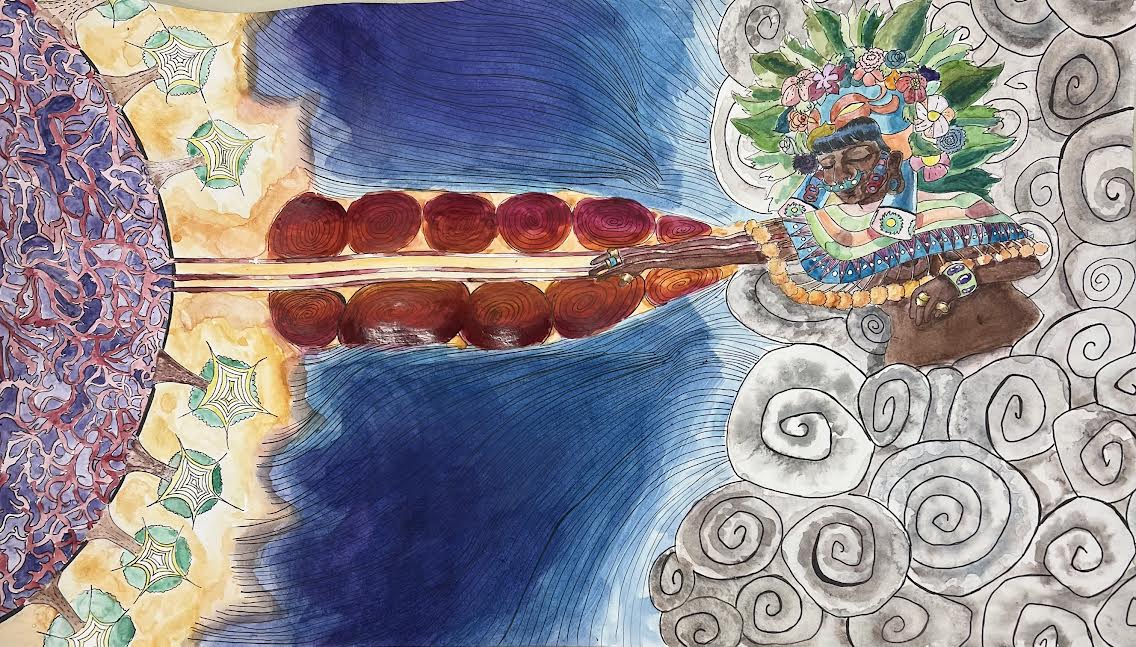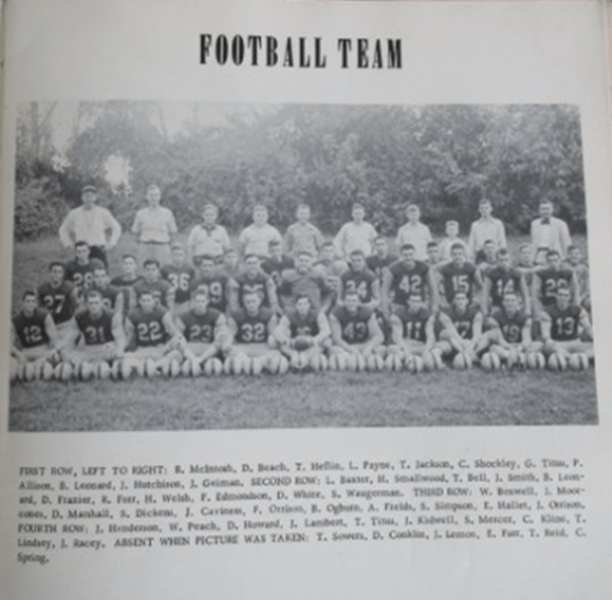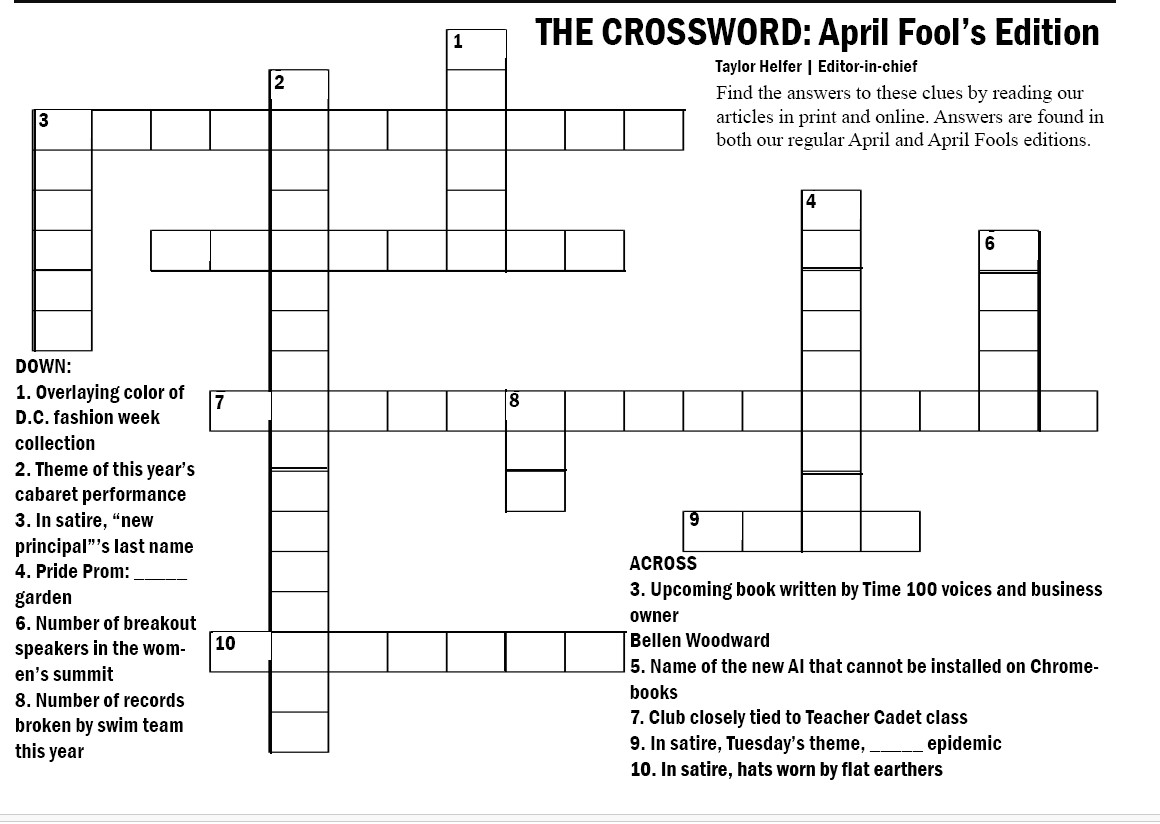“Young Americans” was released at a point of transition in David Bowie’s career. He was afraid of becoming boring as a musician, and was tired of releasing glam rock albums like “The Rise and Fall of Ziggy Stardust and the Spiders from Mars” that had made him famous. Because of this, Bowie ditched England and decided to record an album of soul music in Philadelphia and New York.
The album opens with the title track, and was one of two hits that came from the album. NME ranked the single as the seventh best of 1975, and the Gazette called it one of the best songs Bowie had written. That feels far from the truth, especially when considering other renowned songs from his career up to that point such as “Changes” and “Life on Mars?” That said, it is not a bad song. The track is very bright and shows Bowie’s fascination with American culture after visiting for the first time in 1971.
“Win” opens up with a beautiful cascading saxophone riff that is probably the best part of the song. The track is very mellow overall, despite the lyrics having to do with Bowie reflecting on being a workaholic.
The next track, “Fascination,” starts with a bizarre bass and guitar riff that works well with Bowie’s deeper vocal on the track. Background vocals dominate the track, which is a shame, because Bowie’s singing is excellent on the song.
“Right” opens up with a drum beat similar to that of the title track, but afterwards an excellent guitar riff takes over that lasts nearly the entire song. It is a great song to end the first half of the album with.
“Somebody up There Likes Me” is the weakest track on the album. It shows Bowie is clearly riding high on his newfound fame, but at over six and a half minutes long, the track seems to go on forever, especially with a repetitive chorus that takes up a large chunk of the song, and again, the background vocals dominate a little too much.
“Across the Universe” is the only cover on the album, and one of two songs on the album to feature John Lennon, who contributes rhythm guitar. While it is not liked among fans, probably because it bears almost no resemblance to the original Beatles version, it is not the worst track on the album. That said, the simpler original is still miles ahead of this cover. Bowie’s vocals are a bit too dramatic at points.
“Can you hear me” is an excellent song. This track is one of the most serious on the album, and sees Bowie opening up about loneliness. The instrumentation is excellent as well, but that goes for every track on the album.
The album’s closer, “Fame,” is undoubtedly the best song on the album. Co-written with Lennon and guitarist Carlos Alomar, “Fame” is one of the least “soul” songs on the album. The song talks about the perils of becoming well known, and sounds like it is going at three different speeds at once due to the layering of the bass, drums and guitar. Bowie would perfect this technique later on songs like “Ashes to Ashes.”
Bowie’s record label, RCA, reportedly asked him for a “Young Americans 2” album. However, Bowie had already moved on, and moved to Los Angeles to record his much darker and arguably best album, “Station to Station.”
The fiftieth anniversary of “Young Americans” is being celebrated by Bowie’s estate with a new vinyl and online release. This has been consistent for the fiftieth anniversary of all of David Bowie’s best albums.
“Young Americans” is probably the best album Bowie released that isn’t anyone’s favorite today. That’s not to say it didn’t do well upon release. The album went to number three in the UK and number nine in the US. The two songs that bookend the album, the title track and “Fame” were hits around the world. It’s just that Bowie released much better albums both before and after “Young Americans.” After 1975, Bowie went on an incredible three album run that saw him release “Station to Station,” “Low,” and “‘Heroes’” in the next two years.
For any first time Bowie listener, this is probably not the album to start out with. It is certainly a much happier and upbeat album than some of Bowie’s other releases. The themes of grappling with recent success and the opportunities and pressure that creates may not be relatable to everyone in the sense of becoming a world famous musician, but they are still relevant today on a smaller scale.
The musicians Bowie had on the album were some of the best at the time, and it shows. Still, the album may be best seen as a stepping stone between the two best eras of Bowie’s career, those being his glam rock days from 1971-1974, and his most experimental era, from 1976-1980.




















